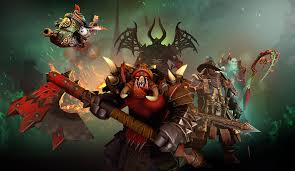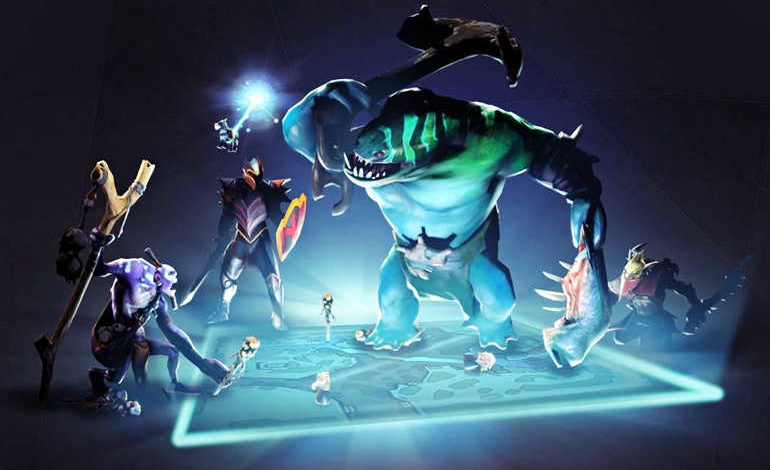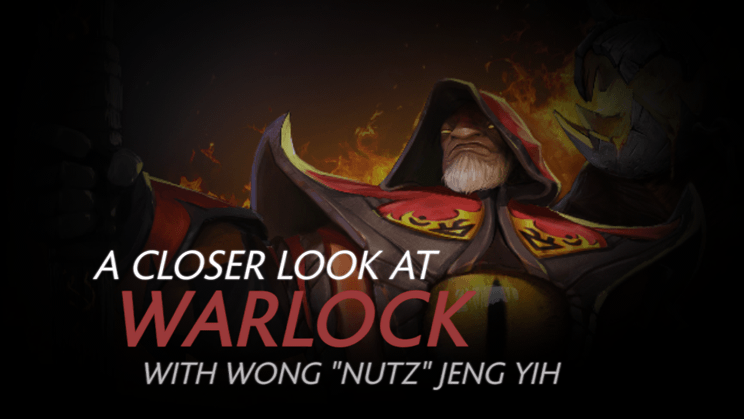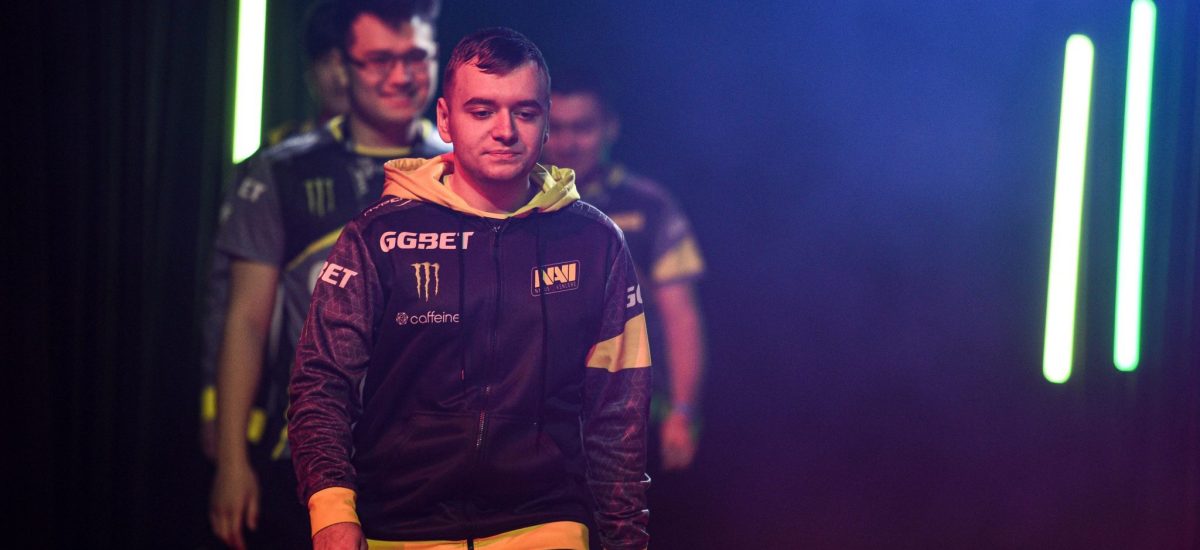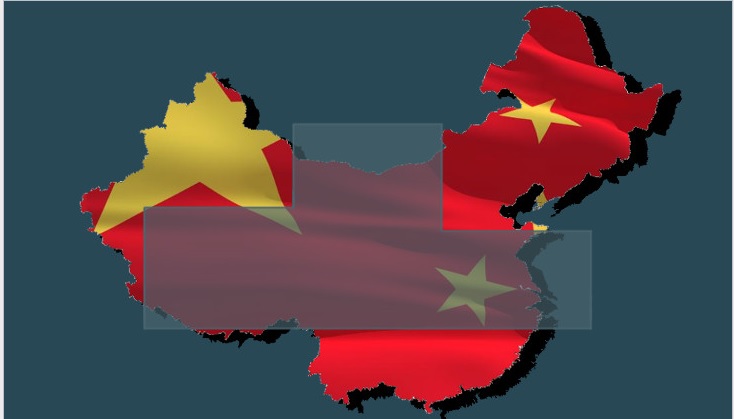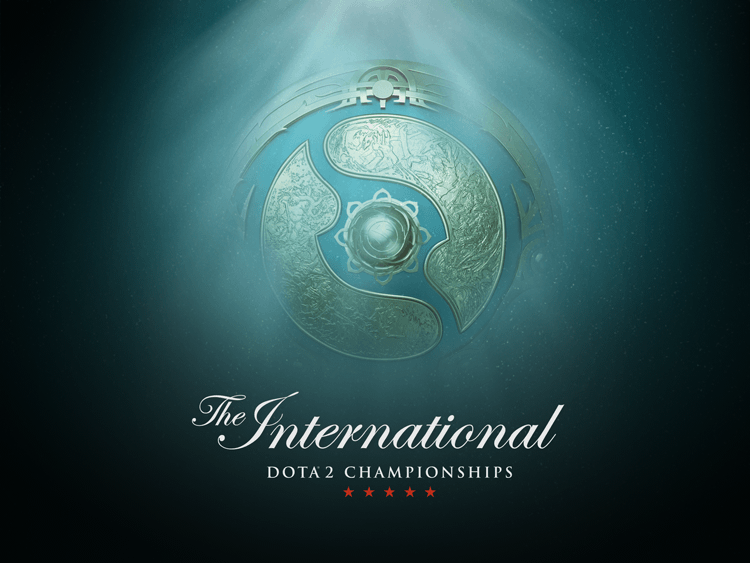Tempo is a phrase thrown around in the majority of aggressive games, generally it intends to exploit an edge to keep the enemy onto the backfoot, forcing them to either react to your momentum or shed. In Hearthstone pace comes in forcing the opponent to invest more mana/cards coping with your cards. In Starcraft it may come from demanding a struggle following your technician is finished but before your competitors is.
So what’s rate in Dota? Basically in the event that you opt to play with tempo-oriented, you’re forfeiting your own efficacy in an effort to induce the enemy to do the same. If done in a point from the match in which you experience an edge, tempo may be the instrument you want to use to remain ahead. In my experience, the absence of comprehension speed is widespread at the mounts and many lost matches may be wins if you’d forced tempo. It needs to be pointed out that there is pace in all games however low mmr, however the purpose of the manual is to inspire you to benefit from tempo more frequently.
In this guide I will elaborate about what rate means, and the way to you should make the most of electricity spikes on your matches to induce tempo.
1 manner is threatening to carry towers or barracks, however this frequently requires your staff to go at a 4 or 5 individual drive, which both reduces the quantity of farm that your cores can pick up in addition to sharing the encounter between a bigger pool of gamers. Another strategy may use a great deal of time to attempt to gank an integral goal, a notable instance being infest-bombs in which the carry is really doing nothing in hopes of obtaining a pickoff. In both of these scenarios you’re severely limiting your own efficacy in an effort to gain advantage over the enemy. That is a calculated risk, but with the ideal lineup and the correct things, you may have the ability to induce the enemy to shoot fights they are not prepared for yet. Keep in mind that you’re playing against other individuals, you would like to push them into awkward places and cause them to play by your own rules.
Enforcing tempo is quite simple to do, simply group push up. But knowing when to perform it’s what decides the outcome of the game: Far too frequently “poor” players are awaiting pick up their center products, before committing into compels, and they frequently don’t detect their benefit and real possibility to finish the match early. On the flip side, doing this too early may cost you the match as you drop too far behind. So it’s extremely important to get an insight into when to ideally begin pushing.
The greatest tool to assist understanding tempo is comprehending power spikes.
In case you’ve ever watched professional dota games, then you will come to have heard the expression “energy spike”. It pertains to a sudden and large increase in electricity seeing one player and/or a staff, typically by the way of picking up a particular item or attaining a particular degree.
By way of instance, Abyssal Blade is not quite as frightening when you’ve got a Shadow Demon to conserve the goal.
When planning your pace, remember as soon as your team’s second major power spike will take place and strategy accordingly, while attempting to keep an concept of your enemies’ coming spike. For this, you need to contemplate what empowers your staff. After deciding on what level or item you’re waiting for, then you want to make sure that you reach that spike when you can, while also preparing your very first activities for as soon as the time hits.
If you’re striving for a deathball push, then ensure that your staff is wrapped up on HP and Mana and attempt to avoid expending long cooldowns whenever they wont have enough opportunity to recharge. Bring some wards to plant close to the goals you’re opting for.
If you’re thinking about taking skirmishes or tiny pickoffs, get some heavy wards within their jungle and – to the love of all that’s sacred – possess a smoke prepared the second the thing becomes purchased. Normally if any of those cores in your team strikes a power spike, then you wish to find some instant value if at all possible.
Due to the massive quantity of damage output which inherently comes out of this particular lineup, your main spike is that the Dagger. In the event the Axe dropped behind sooner or later, in several cases forfeiting some of your haul’s farm to get the Axe is your very best thing to do.
An alternative could be racing a Helm of the Dominator around the Juggernaut and employing the power spike with that pickup to ruin the offlane tower, begin sieging mid to free up space to the Axe to finish the Blink Dagger in their own.
Example two: Normally a Lifestealer includes four big energy spikes: Step one is level 6 at which infest-bombs become potential. At the very least a moment before each spike has been attained, you need to be searching for chances to exploit this huge increase in energy.
Infesting a service upon skilling it, and using the support TP into the offlane is a simple way to grab the enemy by surprise. If it contributes to kills, there is a great chance you could have the ability to select the enemy safelane tower, particularly since players generally are hesitant to spin this early in the match. Other times that the enemy will understand what’s going on and back off, that is the main reason behind the infest TP, as N’aix is currently free to use his teleport to come back to his own safelane again.
There are just two points I’m trying to create with these illustrations:
To start with, in the majority of DotA games there will be periods of time in which you carry is not the place 1, this occurs when a hero is near to picking up a product that gives your staff a sizable benefit. If example 1 occurs in a professional sport, it is not unusual that everybody excluding the Axe will utilize their own electricity spikes to lay siege on a tower, whereas the Axe takes absolutely free farm around the safelane. However, it’s also likely that the enemy group realises this and – rather than protecting their very own tower – rotate to select off the Axe, further slowing the Dagger and later begin sieging the tower nearby.
Second – as mentioned previously – there is a lot of power spikes occurring during every game of DotA and you may not have the opportunity to harness each and every individual but you always need to watch out for the chance.
Tip 3: you’re playing against the lineup in the first instance and you have just read a manual about speed in DotA 2. Because of this, you opt to commit a great deal of your supports’ time to push him from the offlane. Additionally, you keep one person pursuing him through the forests as best as you can.
This kinda brushes up to some large point about speed: Your staff does not have to have the benefit, it may be quite a powerful tool to make delay or space their timings to give them a bigger window of opportunity later in the match. Here is a clip I listed in the Boston Major, where it has revealed how two teams may employ pace in precisely the exact same moment.
There is not really that much to be said about pace, since – despite perhaps not being conscious of it – you pretty much do it each match. The purpose of this manual is to illustrate the concept of pace as an important instrument for enhancing your odds of winning. Generally speaking, you constantly have to be on the lookout for the closest power spike, so be it favorable or not.
Additionally, the preparation till a spike is essential, which explains the reason why you have to keep an eye on every individual spike. This of course just comes through a great deal of exercise, but you need to begin somewhere.
Finally I wish to be aware that you don’t necessarily need to time your pace using a power spike, but not doing this is in virtually all instances a desperation move because you might have a much bigger advantage if you’d like.
It is nearly not possible to include advice that encapsulates all sorts of tempo perform, so here I’ve a list of things that you want to bear in mind whilst driving pace:
If you’re considering threatening towers you have to have sufficient tower damage to really be a danger, otherwise a fantastic team will only stall you with AoE clears and splitpush/farm as you’re wasting your own time glancing in the tower.
1 example is that the replay I’ve shown previously with Ad Finem from LGD.FY.
Do not cease after one aim: When the situation has not changed along with your competitors are still awaiting their spike to contend along with your own team, letting go of the strain is a massive mistake.
Have the support pile for the participant or sit close to assist reestablish incoming ganks.
It’s equally as important to take into account your opponent’s next spike: Should you realize that the enemy Naga has not even picked up the relic however, there is still a reasonable quantity of time prior to the radiance ought to be finished. Use that for you benefit since the Naga will be reluctant in assisting in conflicts, fearful of getting killed before arrival online.
At the onset of the match, create a bet on which lineup will win if the game goes late. If you think it is your staff, you are able to play a bit more relaxed and await the enemy to commit so that you are able to react accordingly.
Be prepared to exploit an energy spike the moment it occurs, the famous “Blink Dagger show” is vital, and showing that the hero at a lane with all the prospect of a competition scouting it too early may finally ruin an otherwise won teamfight.
With that said I have had games where we had the ability to take the throne down at par 8. A good deal of what I have covered in this guide may seem easy when studying, but integrating it on your drama is the challenging part.
I am flowing on Twitch. Although I’ve been neglecting my flow recently, I am working with a close buddy to alter this in February. Don’t hesitate to come by and ask questions you may have, or in the event that you only need to see me perform. Additionally, in the event that you’d like alarms on when new guides have been printed and once the flow goes on, follow with me on Twitter. Additionally any review is well valued.

